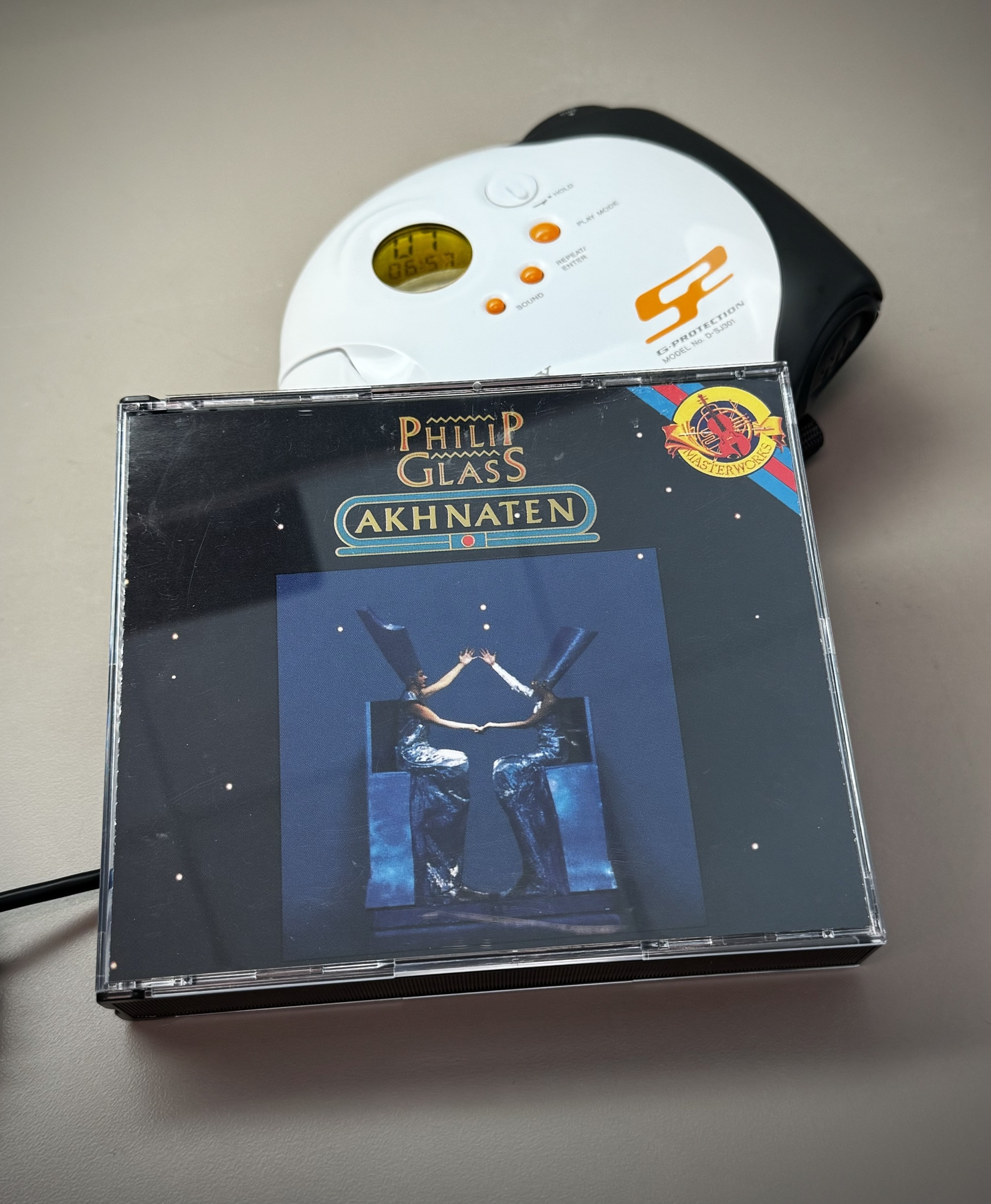
Take me away, Philip.

Once a legitimate blog. Now just a collection of memes 'n menz.
Pet Shop Boys: Actually (1987)
Grace Jones: Portfolio (1977)
Grace Jones: Muse (1979)
I've always hated the blue cover art for the Warm Leatherette CD, much preferring the stark, black & white art of the original LP.
I seem to remember that the very first time I bought Warm Leatherette on CD, the cover art did match the vinyl version, but subsequent releases featured the newer cover. It turns out, however all you have to do is turn the front case liner inside out—on at least this particular release—to get something resembling the original vinyl version.
Donna Summer: A Love Trilogy (1975)
B-52s: Wild Planet (1980)
My favorite of all their albums!
I saw this advertised in Stereo Review back in '87. I wasn't familiar with Mr. Erskine, nor was I particularly into jazz at the time, so when I sought it out and bought it, it was for obvious reasons. What? You've never bought an album for the cover art?
Well, I got it home and popped it in the CD player and—as I said before, not yet being into jazz—I was aghast that I spent $17 on this disk. Even my boyfriend at the time hated it, so I couldn't trade it in at Streetlight Records* fast enough.
I don't remember what prompted this memory, but now that I'm fully into jazz—and especially Japanese jazz—I thought I'd look him up on Spotify and give it a second chance. And you know what? With the exception of only one track that's still a little too out there for my taste, I absolutely adored it and decided to add it back to my collection.
Have any of you revisited an album you absolutely loathed in your youth and discovered that with age and wisdom you love it now? And along those same lines, any albums you loved when you were younger and absolutely can't stand now?
*Sadly, another San Francisco institution from my time there that no longer exists in The City.
It's easier if I present this in reverse order…
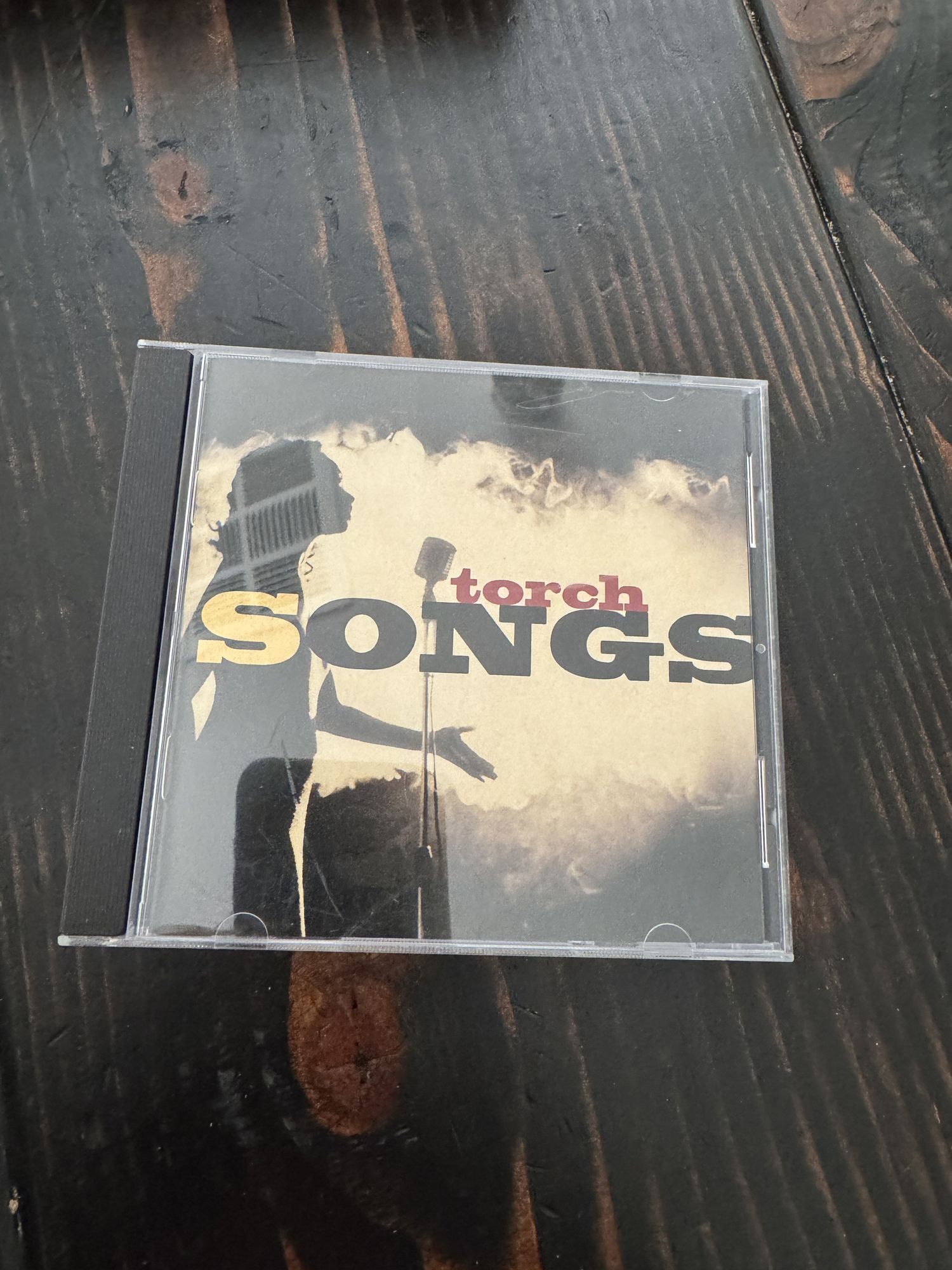
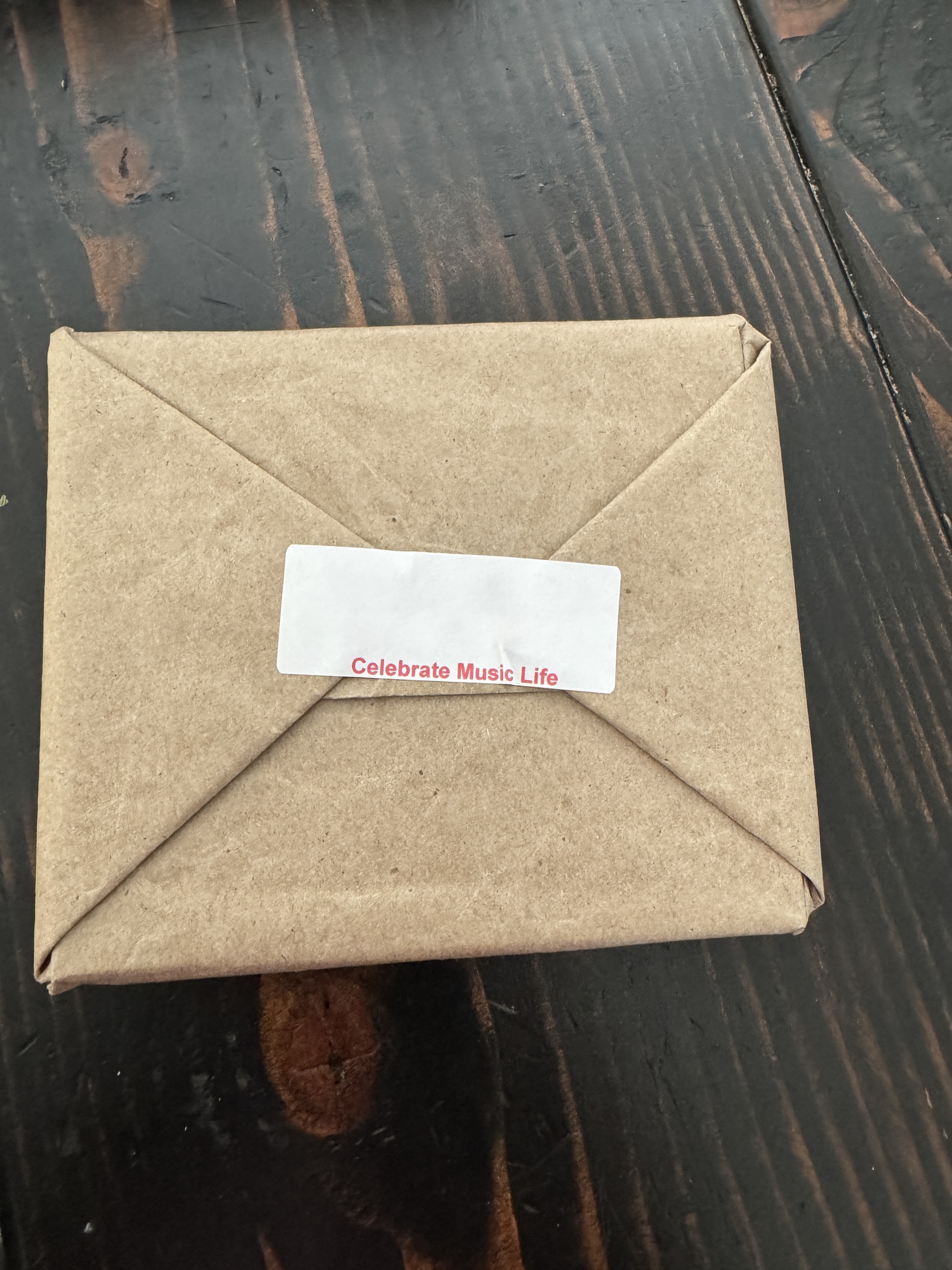
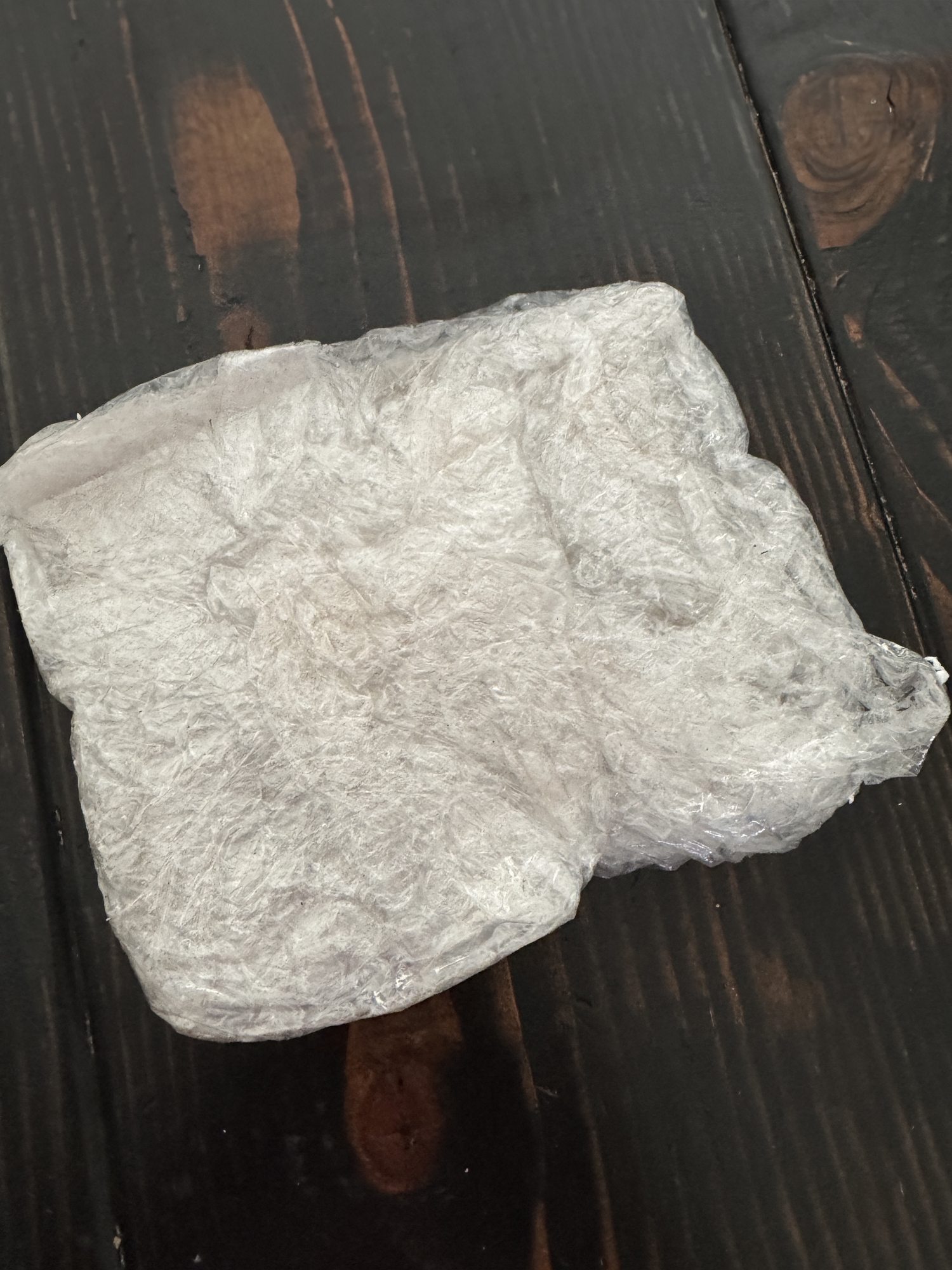
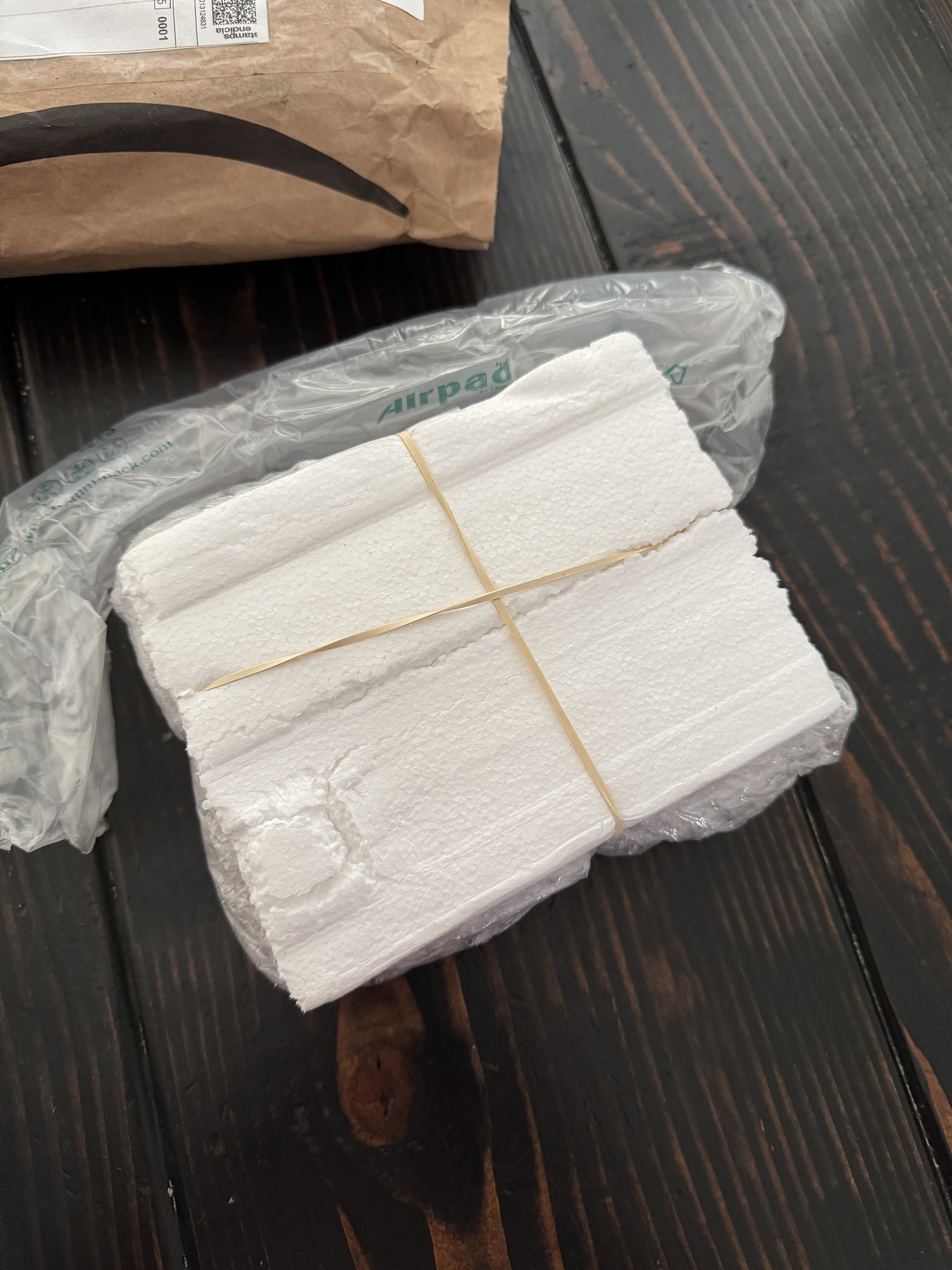
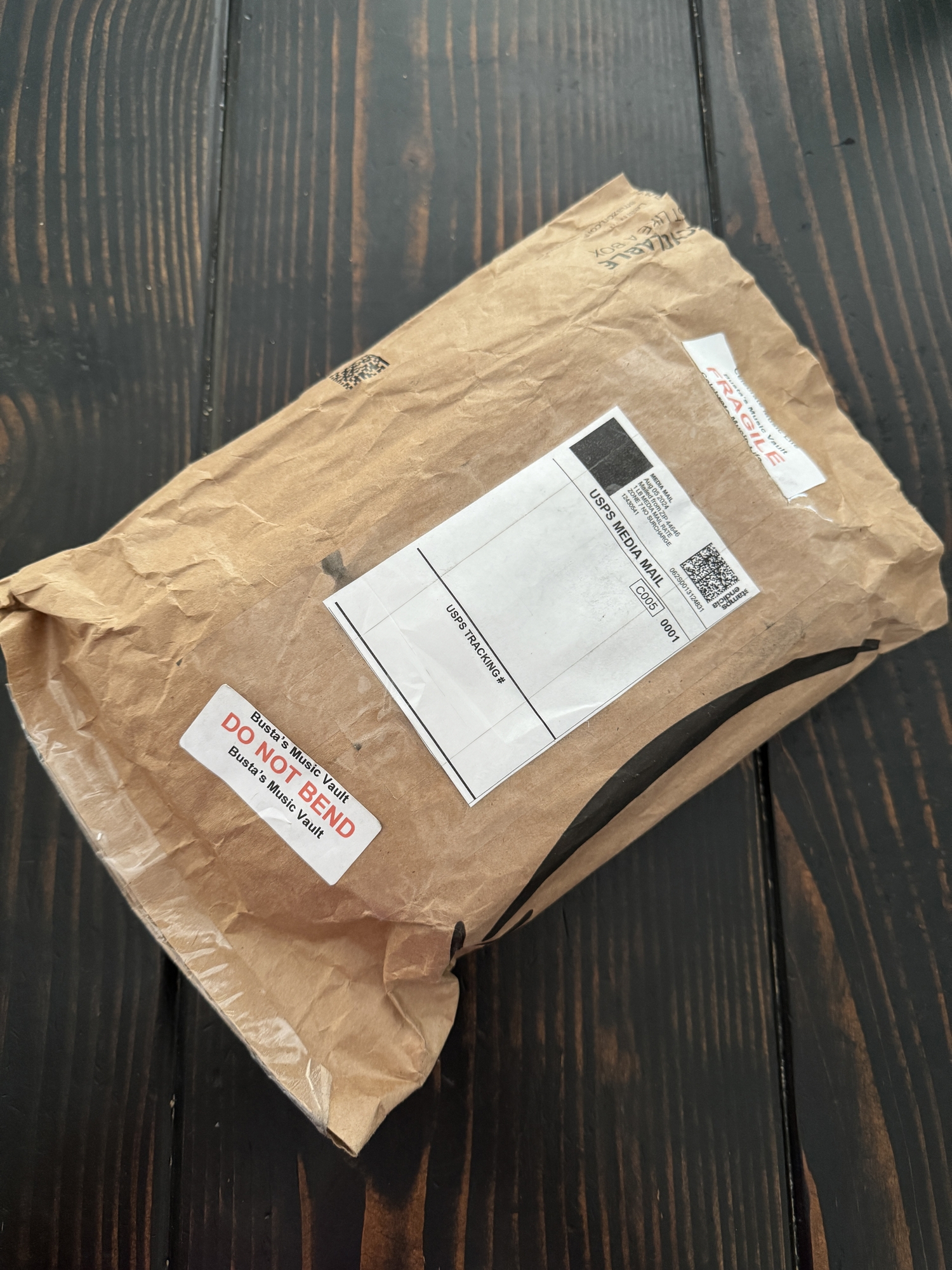
Having bought and sold enough CDs online, I know that occastionally the shipping company/USPS handles them a bit roughly and they arrive with the splines in the jewel cases broken off. That certainly did not happen in this case, but still…
P.S. You couldn't have bent this thing if you tried!
Considering the amount of waste this one CD generated, I can't help but wonder if the seller works at Amazon.
And in case you're curious…
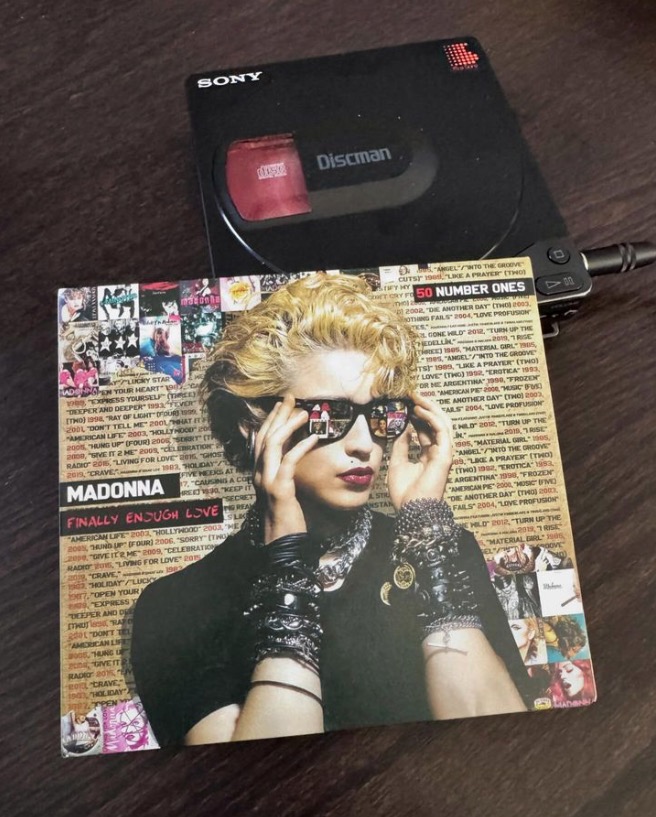
As I round out my Madonna collection, today's addition. When I first saw it I thought "another greatest hits compilation?" but I was pleasantly surprised when I saw it was mostly remixes, none of which I've previously heard. Highly recommended if you're a fan of Madge…